9 Things to Double‑Check Before a Multi‑City Trip
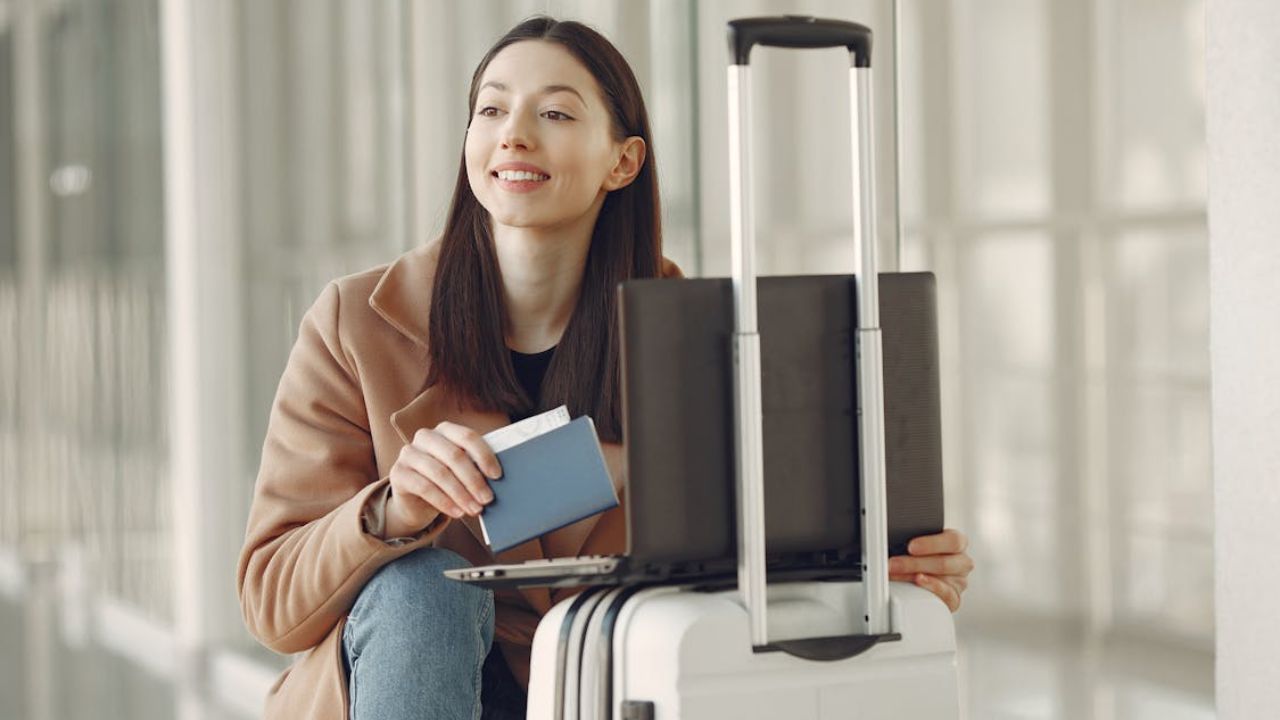
A multi-city trip means more adventure, but also more moving parts. From transit to paperwork, one misstep can snowball into bigger issues. This checklist covers key things travelers often overlook when bouncing between cities. Think of it as your pre-trip tune-up. Double-check these nine areas before you take off, and you’ll save yourself from delays, confusion, and costly mistakes down the line. It’s the kind of prep that turns chaos into smooth travel.
Passport and Visa Validity

Make sure your passport is valid for at least six months past your return date. Some countries won’t let you in if it’s set to expire soon. Check that you have blank pages for stamps, too. For visas, don’t assume you’re good everywhere, each country may have its own rules, even if you’re just passing through. Some require online forms, others ask for embassy visits. Apply early, especially if processing times are slow or if you need multiple approvals.
Entry Rules for Each Destination

Don’t assume what works in one country applies to the next. Entry requirements change frequently and may include vaccination records, proof of travel insurance, return tickets, or health forms. Some destinations also require pre-arrival registration or on-arrival testing. Always check official government sources and airline guidelines before you go. Take screenshots of required documents in case you’re asked for proof when Wi-Fi is spotty or unavailable.
Travel Insurance Coverage
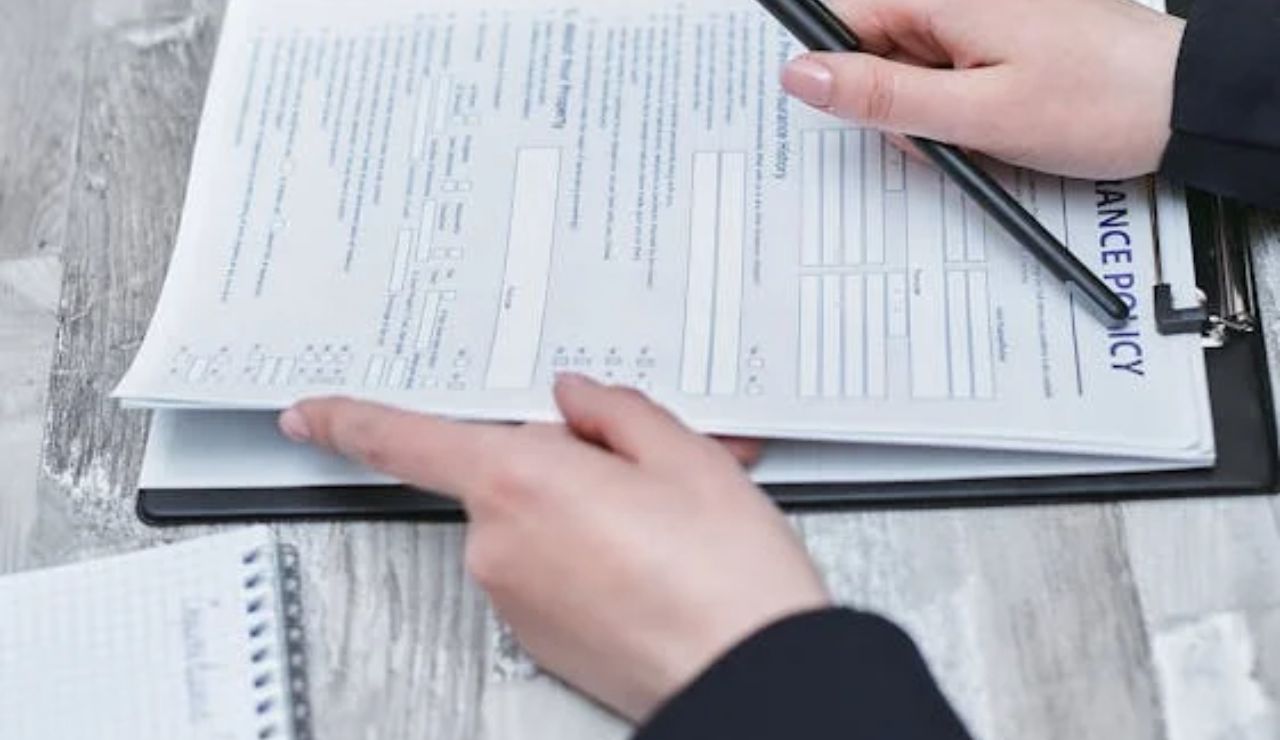
Not all travel insurance covers every leg of a multi-city trip. Some policies only protect you in a single country or won’t cover high-risk areas. Read the details, do they include missed connections, medical emergencies, baggage delays, or trip interruptions across all destinations? If you’re relying on a credit card for coverage, see if it applies internationally. Having the right policy gives peace of mind when plans shift or things go wrong mid-trip.
Flight and Train Connections

Tight layovers are a gamble, especially across different airlines or train systems. A delayed flight or long immigration line can cause you to miss your next connection. Review each segment: Do you have enough time for customs? Will you need to change terminals or stations? Also, confirm if luggage gets transferred automatically or if you’ll need to recheck bags. Better to pad your schedule than scramble to fix a missed leg after the fact.
Hotel Bookings in Every City
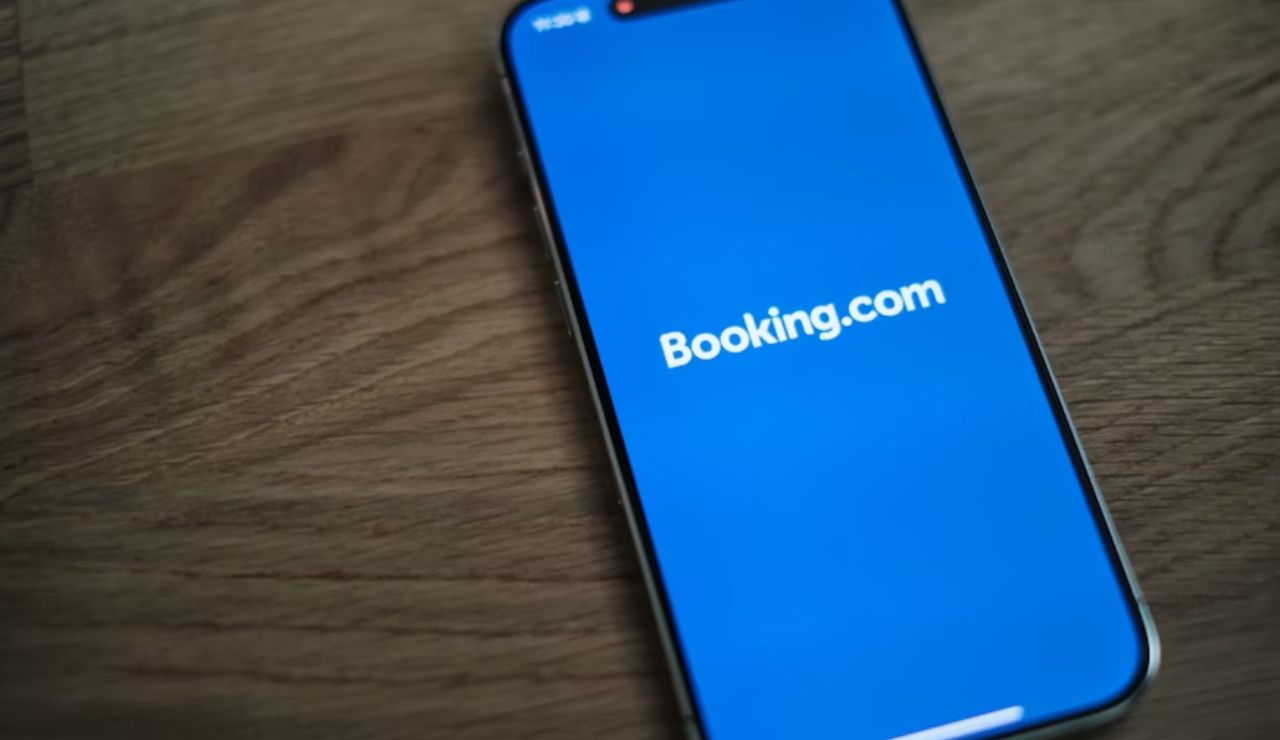
When juggling multiple cities, it’s easy to double-book or skip a night. Go through each hotel reservation and verify your dates line up with your itinerary. Check-in and check-out times matter, especially with early arrivals or late departures. Confirm cancellation policies in case plans shift. Save booking confirmations in one spot, apps like TripIt help, or email them to yourself. This way, you’re not digging through inboxes at check-in time.
Local Currency and Payment Options
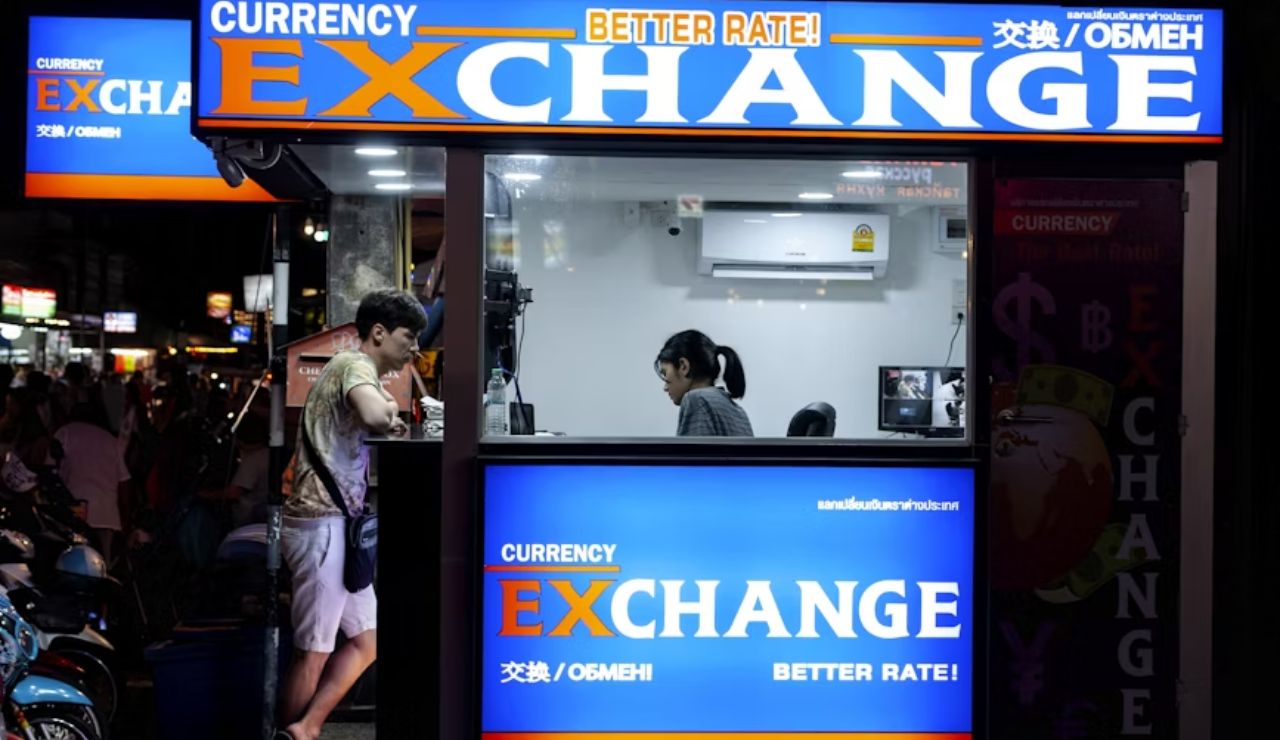
Different cities have different payment norms. Some rely on cash; others are card-only. Look up what’s typical for each stop and get local currency if needed. Avoid last-minute airport exchanges, fees are high. Notify your bank about international use so they don’t block your cards. If using a travel card or payment app, test it at home first. Download offline maps of ATMs and check if your phone’s wallet works in every destination.
SIM Card or eSIM Plan
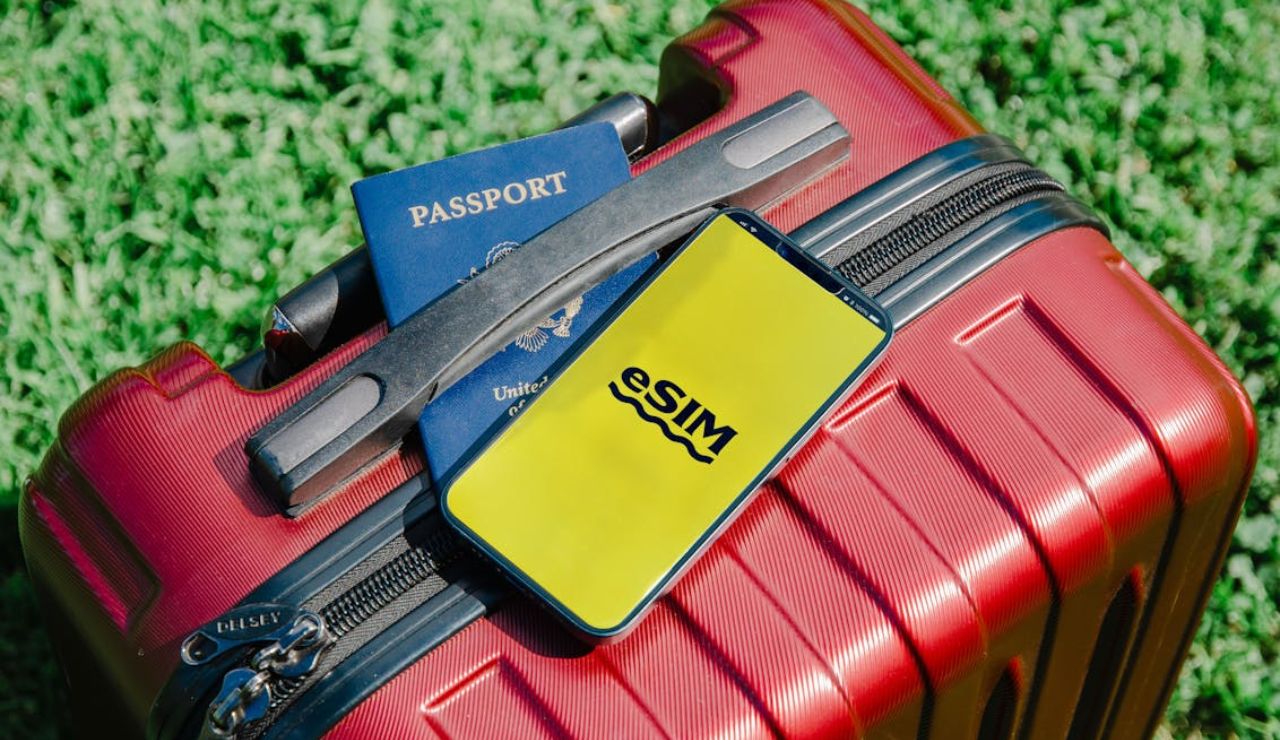
Staying connected across countries isn’t always simple. Not all mobile plans work internationally, and roaming fees can get steep fast. If your phone supports eSIMs, look into global plans that cover all your stops. Otherwise, you might need separate SIM cards per country. Check compatibility ahead of time. Don’t assume public Wi-Fi will always be available, especially for maps or booking confirmations. Download must-have apps before you go.
Transportation from Arrival Points
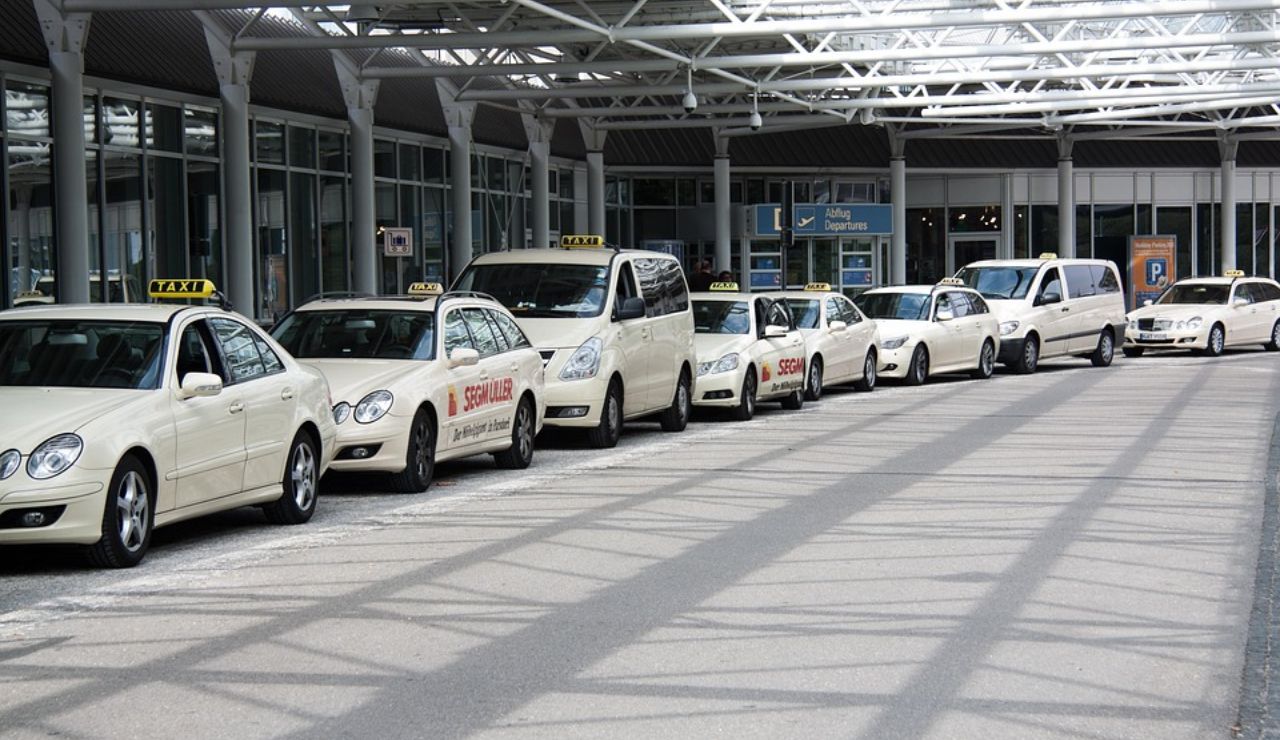
Once you land or arrive by train, how are you getting to your hotel? Don’t leave that decision for the moment you land. Pre-book transfers if needed, especially in places with limited ride-share services or late arrivals. Know how local transport works, whether it’s a metro, bus, or taxi stand. Some airports charge extra fees or require exact change. Having a clear plan for each arrival point saves time, money, and hassle when you’re tired and unfamiliar.
Emergency Contacts and Safety Info
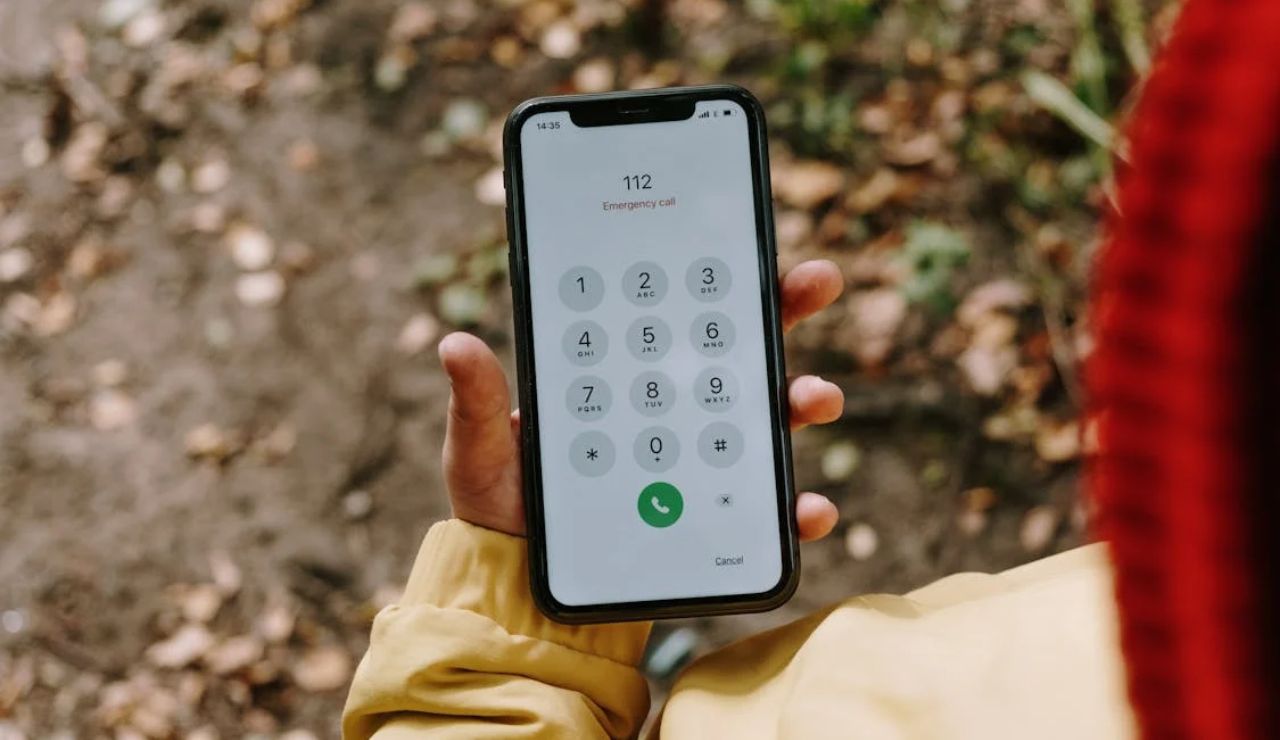
Before you go, list emergency numbers for each country, police, embassy, health centers. Share your full itinerary with a friend or family member. Download safety apps like SmartTraveler or sitata for alerts. Learn local emergency words or phrases. A little preparation goes a long way if something goes wrong. When you’re hopping between cities, this info can be a lifeline in unfamiliar or high-stress situations.